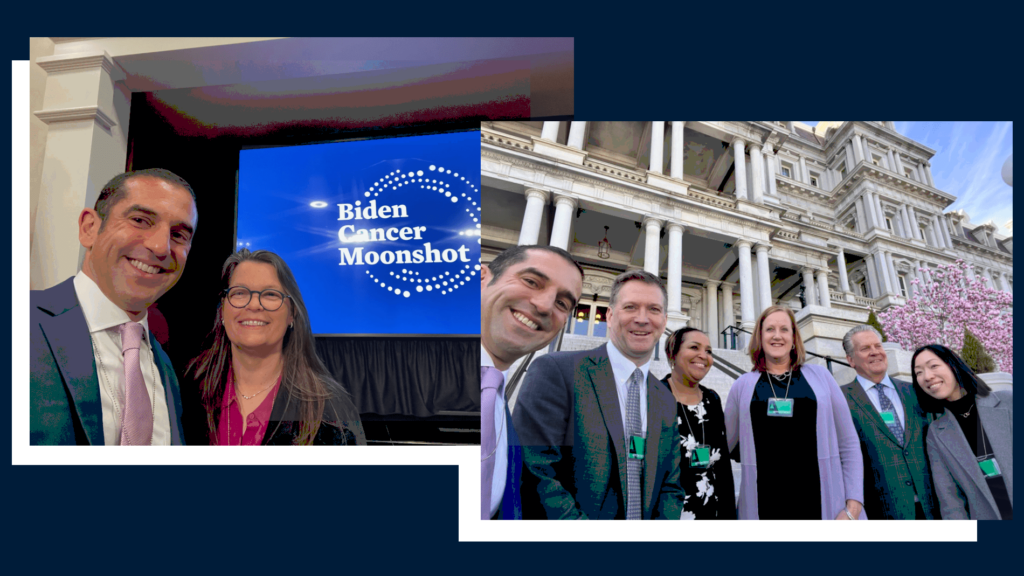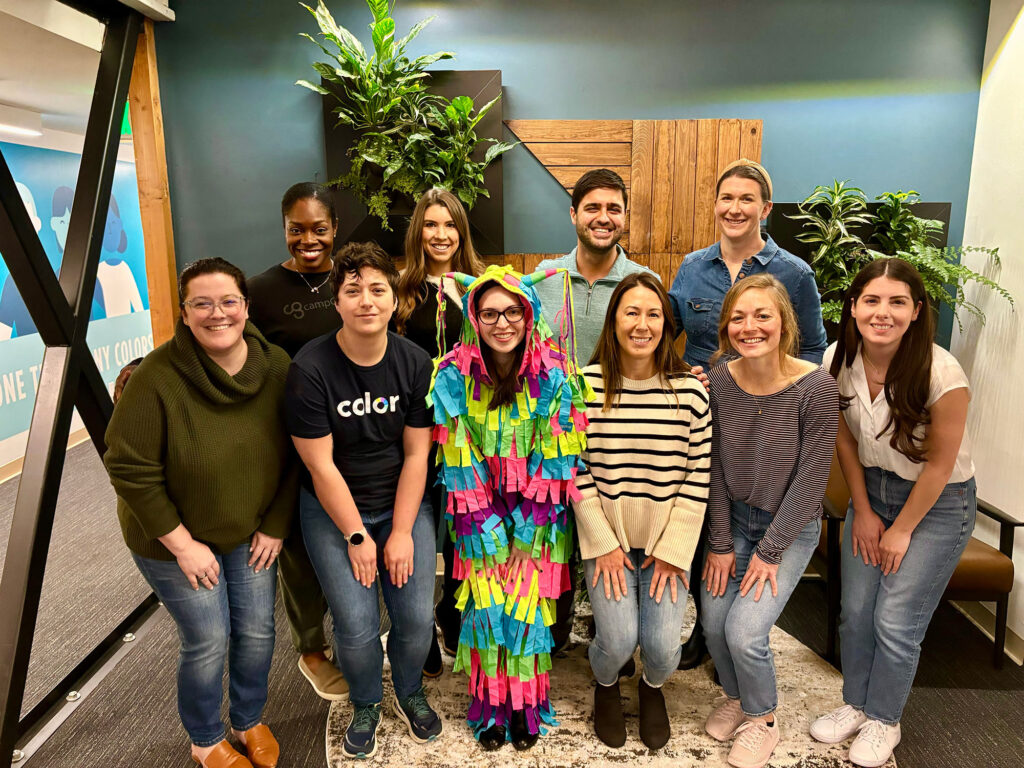News & Articles
Meet Stephan Meyer-Ewald, Color’s new Chief People Officer
Color

We are delighted to welcome Stephan Meyer-Ewald to Color as our Chief People Officer.
Prior to joining Color, Stephan (who we call SME!) was the Head of People at companies like Roblox and SmartThings, focusing on helping companies earlier in their lifecycle to navigate through massive growth and frequent changes, while retaining their cultural identity and evolving their leadership practices. During his time at Google, he built out the People Technology and Operations team and led them through a massive scale-up. As a business leader with deep expertise in leadership effectiveness, organization design, and culture building, SME believes building deep, trusting relationships with people across an organization is the key to success.
We recently had the opportunity to connect with SME and get his perspective on the evolution of work, how growth-minded companies can approach an uncertain world, and how to maintain a strong internal culture.
What brought you to Color and what excites you about joining the team?
Healthcare in the US is expensive, slow to innovate, and incredibly difficult to access, which leads to poor health (and life!) outcomes for real people at scale and does massive damage to society as a whole. Color’s work to create infrastructure that addresses the roots of those outcomes is deeply impactful and I’m excited to join at this stage in the company’s growth.
In addition to the ambitious mission, I was drawn to Color by the people who make up the team. Each person has impressed me with their thoughtfulness, curiosity, experience, and their passion for making Color an impactful company that is a fantastic place to work. It’s a truly unique feature of the company that I haven’t experienced anywhere else!
How have your previous experiences prepared you for Color?
I spent nearly 10 years at Google, where I was part of scaling it to just under 10,000 employees to more than 70,000. During my tenure, Google was a place for innovation and experimentation when it came to culture, people, and leadership, and it was the best learning experience I could’ve asked for as a People leader. Our work provided lots of case studies and insights on what works or doesn’t when it comes to creating a working environment where people can do their best work.
That time has informed all of my subsequent work at earlier stage companies faced with challenging inflection points in their lifecycle, including rapid growth, significant changes in business strategy, building effective leadership practices, and developing a transparent culture. As Color continues to develop, deep investment in our culture and internal structure is critical to our continued growth.
How important is culture in a growing business, and how do you maintain it during times of uncertainty?
When it comes to building and maintaining company culture, I always point people to “Culture eats Strategy for Breakfast” and “Culture Trumps Strategy, Every Time.” Culture is the secret sauce at any company: it is a unique set of behaviors and principles that distinguish it from other organizations, guide how people work together, how they trust each other, and how they are mutually invested in each other’s growth. A healthy culture is vital to keep a company innovating and staying flexible and focused – and it can be turned into a sustainable competitive advantage.
Given all of that, maintaining or evolving the culture isn’t easy and requires focused attention – an unmanaged culture will deteriorate. Leaders have to care about it, live it, explain it, and deliberately use it to make decisions. Employees across an organization need to see themselves represented and feel they have the agency and influence to contribute to the culture to make it their own.
From a people perspective, what are some of the key considerations for a growth-stage company in an emerging market?
For a company at Color’s stage, there are a few key factors to ensure we continue to make an impact on our customers: continued ability to innovate, clarity on our strengths and how they can grow, taking a long-term view of our goals and mission, and executing with speed and flexibility.
To make sure those factors remain in place at Color, we’re investing in our “organizational health,” which I consider to include a healthy, vibrant culture that values social cohesion, trusting relationships across functions, transparent communication, and effective leadership practices.
You’ve been a human resources executive for more than 15 years. How has the role of HR changed?
First and foremost, I always call my function “People” instead of “HR,” because I always engage with people as people and not as “resources.” I started my career as a leader in the technology organization of a company and was disappointed by the HR organization’s primary focus on policy, payroll, and risk management. Building up a sizable tech organization from the ground up taught me to appreciate how important thoughtful, precise work around culture and leadership is.
This thinking really reflects the shift in the People function in the last few years: especially in the tech industry, there has been a clear move to a new, innovative, first-principle driven view of the role of People in a company. This is the approach I bring to Color.
How do you see the concept of work changing over the next year?
In the past, leaders believed that collaborating in close physical proximity in the same space was easier and necessary for leaders to ensure work was completed. This paradigm was already on its way out – the pandemic just accelerated the shift.
The idea that people are more productive and happy when they do a meaningful job in a safe, welcoming environment that values autonomy and diverse perspectives has already emerged as a welcome new paradigm. What is more challenging is how to translate the benefits of in-person collaboration into remote and hybrid environments, like building trust, social cohesion, and quick problem solving. At Color, we embrace a hybrid environment where employees can choose what works best for them – we have vibrant Slack communities and regularly host virtual and in-person team get-togethers!
What would you tell other growth-minded, ambitious companies navigating an uncertain world?
Focus on a healthy, vibrant culture. Hire, motivate, and develop a great, diverse team. Stay innovative by staying flexible!



